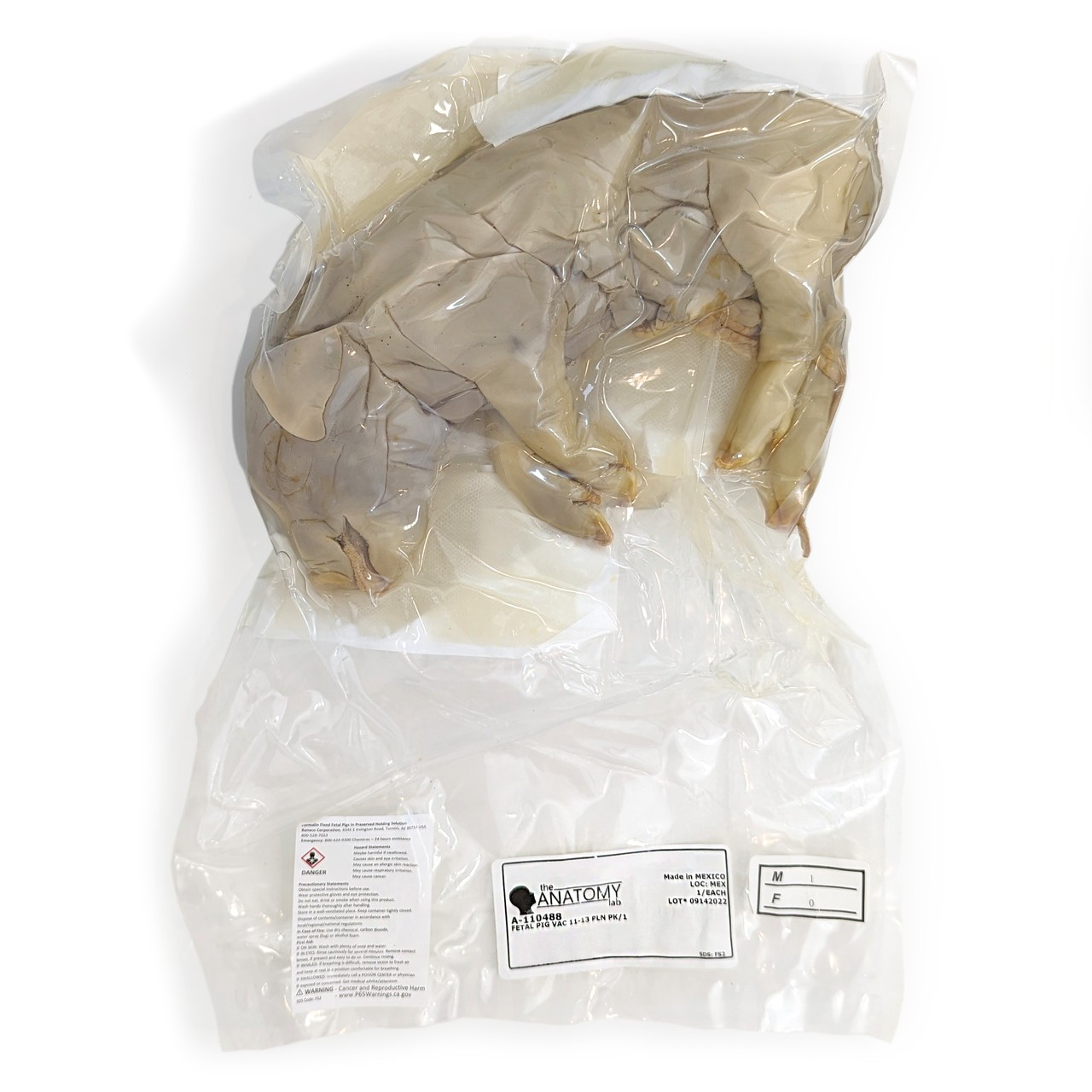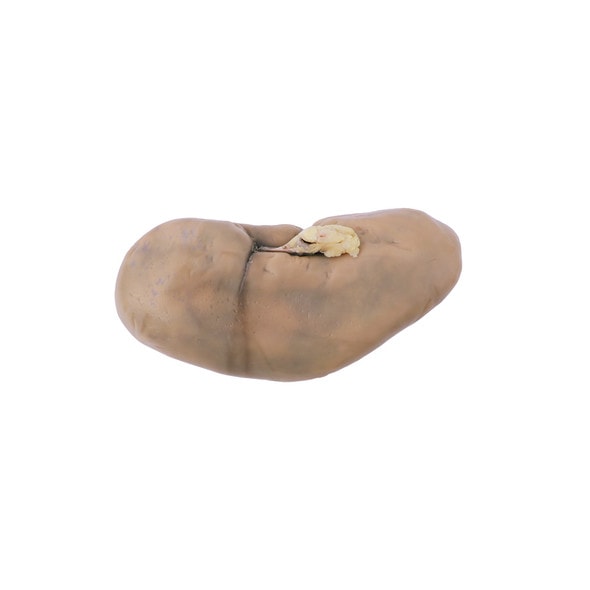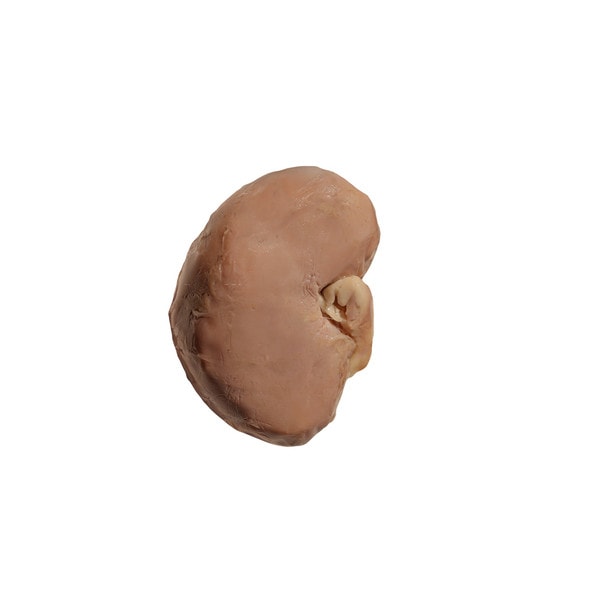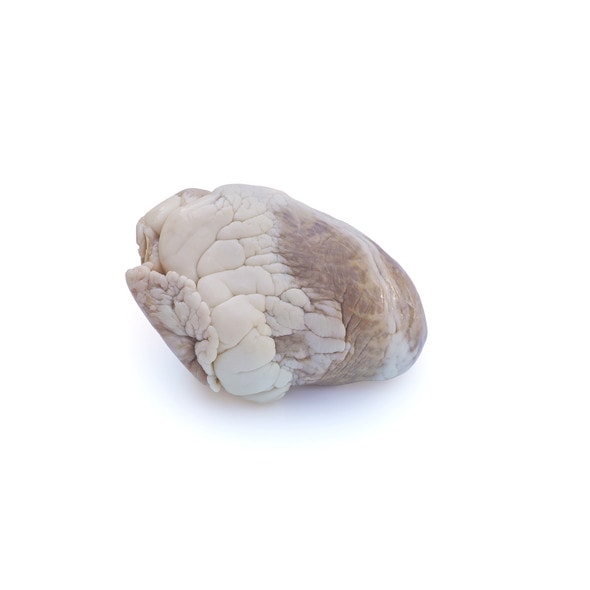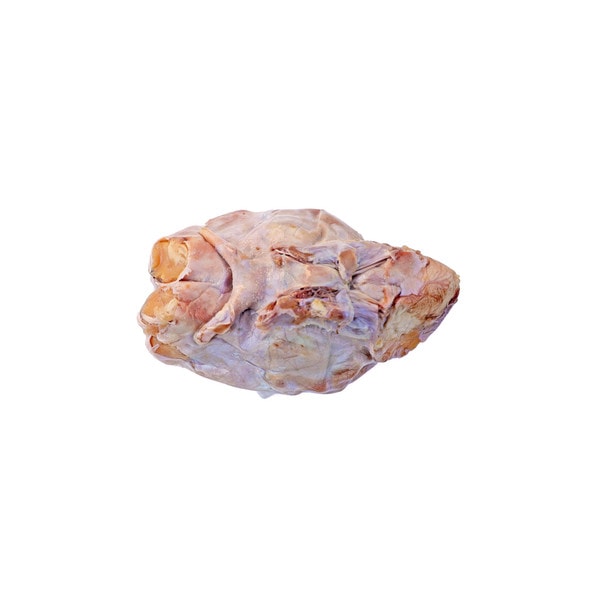- Home
- Specimens
- Mammalian Dissection Specimens
- Anatomy Lab Preserved Fetal Pig Specimen, Vacuum Packed
Description
Hands-On Learning with a Classic Fetal Pig Dissection
The Anatomy Lab Fetal Pig Specimen offers students a comprehensive look at mammalian anatomy in a preserved, ready-to-use format. Carefully vacuum packed to maintain quality and minimize odor, this specimen is ideal for biology classrooms, anatomy courses, and lab training. Its size and anatomical detail make it a staple for exploring major organ systems. Give your students a memorable, hands-on anatomy experience today!
Designed for Real-World Anatomy Education
Fetal pig dissections have long been a standard in biology because their anatomy closely resembles that of humans. This makes them an excellent tool for teaching organ identification, comparative anatomy, and system functions. Students will learn to locate and analyze structures such as the heart, lungs, liver, digestive tract, and reproductive organs in a true-to-life context. Perfect for building essential dissection and observational skills.
Engage Students with Real Specimen Exploration
Whether you’re teaching in a high school biology class, a college anatomy lab, or a homeschool science setting, this fetal pig specimen offers a rich educational experience:
- Helps students visualize complex mammalian organ systems
- Supports lessons in anatomy, biology, and physiology
- Prevents the need for live animal dissection while preserving realism
- Suitable for both introductory and advanced coursework
- Pre-packaged for cleanliness, ease of handling, and extended shelf life
Product Features
- Double-injection preserved for maximum anatomical clarity
- Vacuum-sealed for safe storage and reduced odor
- Ideal size for classroom handling and group work
- Durable preservation allows for extended use in lab settings
Technical Specifications of the Product
- Product dimensions: 11-13 in. or 14+ in.
- Product weight: Varies based on size and Quantity
- Preservation: Plain or Double injected
- Included with purchase:
- 1 x Fetal Pig Specimen (Vacuum Packed)
- 1 x Product Manual


